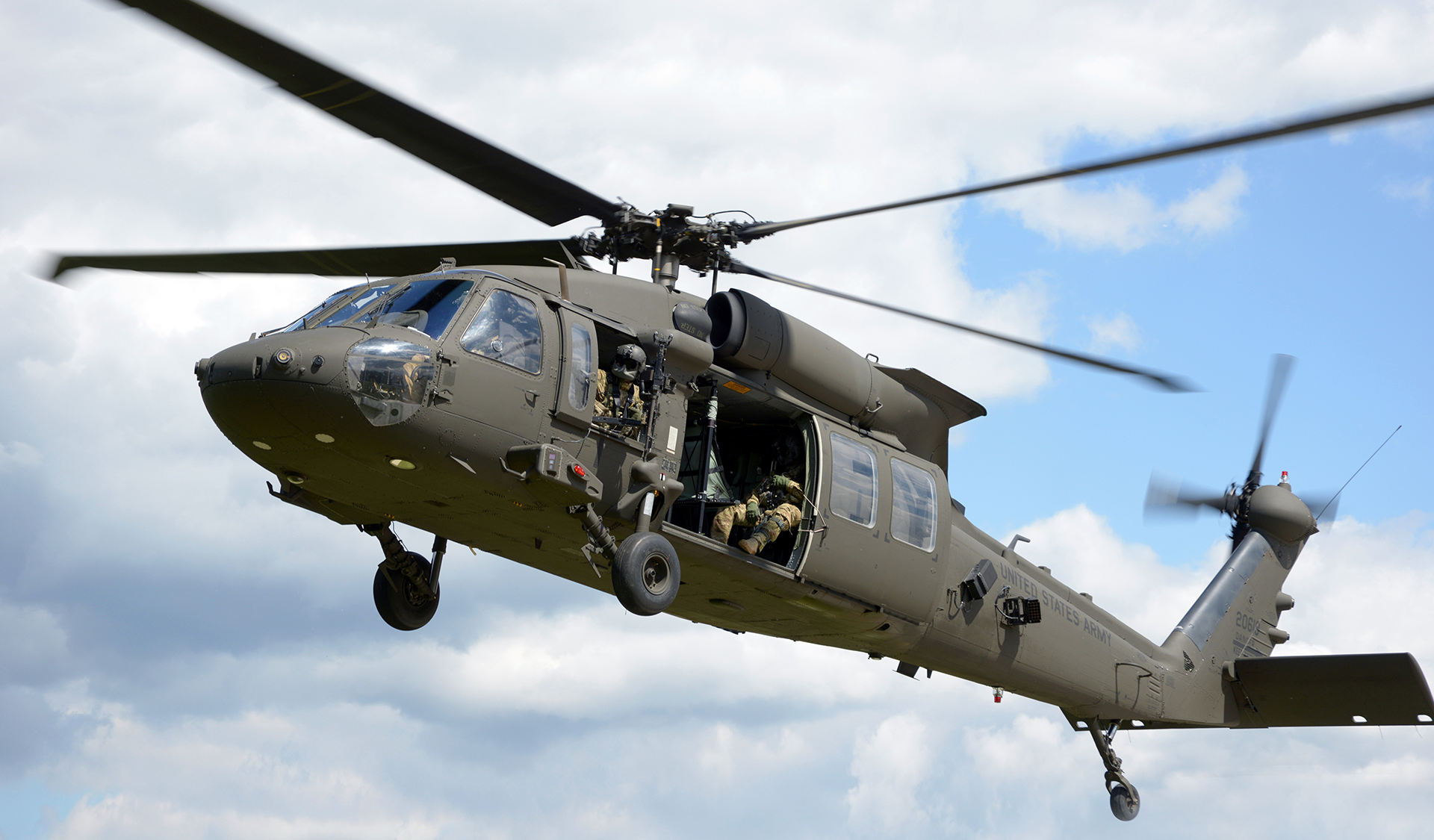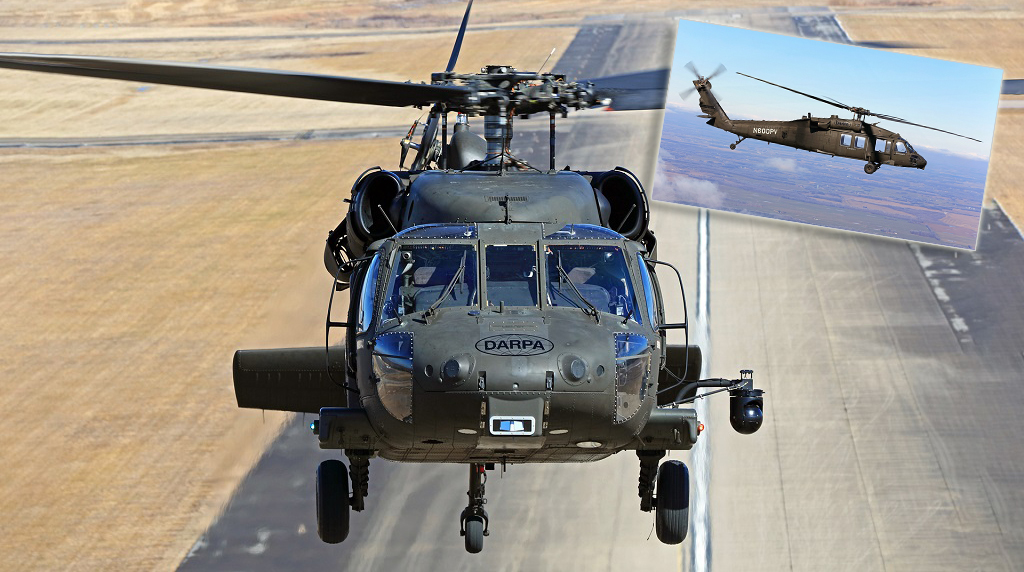UH 60 Black Hawk: From Concept to Modern Day Applications
UH 60 Black Hawk: From Concept to Modern Day Applications
Blog Article
The Effect of Lasting Practices on the Future of Airplane Operations and Emissions Reduction
As the aviation market faces raising scrutiny over its environmental effect, the fostering of sustainable methods emerges as an essential pathway toward future aircraft operations and discharges reduction. Technologies in lasting aviation gas and developments in hybrid propulsion modern technologies stand at the leading edge of this change, appealing substantial decreases in greenhouse gas discharges. The effective combination of these initiatives pivots on a variety of variables, consisting of regulative frameworks and sector partnership. The question stays: exactly how will these developing practices improve the dynamics of air traveling and contribute to a much more lasting future?

Review of Lasting Practices
Lasting techniques in airplane operations include a series of methods focused on decreasing environmental effect while preserving operational efficiency. These practices are essential in the aeronautics industry's dedication to decreasing its carbon impact and sticking to worldwide environmental standards. Key campaigns include enhancing flight paths to lower gas consumption, boosting upkeep protocols to make certain airplane run at peak efficiency, and implementing innovative modern technologies such as winglets and lightweight products that enhance the rules of aerodynamics.

Educating and involving staff on sustainability practices likewise play a crucial duty, fostering a culture of ecological responsibility within organizations. Generally, the assimilation of these sustainable practices not only helps decrease discharges however likewise enhances the long-term viability of the aviation sector, ensuring it meets the demands of both clients and regulative bodies while contributing to global sustainability objectives.
Innovative Fuel Alternatives
Many innovative fuel options are emerging as critical services to lower the aeronautics industry's dependence on traditional nonrenewable fuel sources. Amongst these choices, Lasting Air travel Gas (SAFs) have acquired significant attention due to their potential to lower lifecycle greenhouse gas exhausts by up to 80% contrasted to standard jet gas. SAFs are stemmed from numerous feedstocks, including waste oils, agricultural deposits, and also algae, making them a versatile option for the market.
An additional encouraging option is hydrogen gas, which, when made use of in fuel cells, generates just water vapor as a result. Furthermore, electric propulsion systems are being explored, leveraging battery technology to power airplane.
Lastly, biofuels stemmed from biomass are being checked out, providing a renewable choice that can be blended with conventional gas. Collectively, these cutting-edge gas choices represent a crucial action toward achieving a sustainable aviation ecological community, lining up with international discharges reduction targets and improving the sector's ecological stewardship.
Technological Innovations in Air Travel

Exactly how can technical innovations improve the future of air travel? The assimilation of innovative modern technologies is critical in transforming airplane operations, improving efficiency, and lowering discharges. Advancements such you could try this out as hybrid and electric propulsion systems are at the leading edge, encouraging substantial reductions in gas intake and greenhouse gas discharges. These systems leverage advancements in battery innovation and energy administration, making it possible for airplane to run with a lower environmental impact.
Moreover, the execution of sophisticated products, such as lightweight composites, adds to boosted aerodynamics and gas efficiency. Making use of expert system and machine discovering in trip operations maximizes course planning and minimizes fuel burn by making it possible for real-time adjustments based on weather condition my site and website traffic conditions. Furthermore, the advancement of self-governing and from another location piloted aircraft systems stands to reinvent cargo and traveler transport, possibly raising performance while decreasing human error.
Furthermore, lasting air travel technologies, including sophisticated air web traffic management systems, can streamline procedures and reduce blockage, leading to reduced emissions throughout trip. These innovations collectively stand for a standard shift in aeronautics, guaranteeing a future where sustainability and functional performance are intertwined, thus sustaining the industry's commitment to minimizing its ecological impact.

Regulative Structure and Compliance
In light of the growing focus on ecological stewardship within the aviation field, the regulatory framework regulating airplane procedures is evolving to advertise lasting techniques. Regulative bodies, such as the International Civil Aeronautics Company (ICAO) and different nationwide aviation authorities, are introducing rigorous standards targeted at lowering emissions and enhancing functional performance.
These guidelines usually consist of the fostering of Sustainable Aeronautics Fuel (SAF), which has been recognized as a vital component in accomplishing reduced carbon impacts. Moreover, conformity with these policies requires airlines to carry out functional methods and sophisticated technologies, such as enhanced trip courses and boosted air traffic administration, to reduce fuel intake.
Additionally, the enforcement of emissions trading schemes and carbon balancing out efforts is coming to be progressively widespread, engaging airlines to monitor and report their emissions properly. Non-compliance can lead to significant charges, hence pressing drivers to prioritize sustainability in their company models.
Inevitably, the progressing regulatory landscape not just drives advancement and financial investment in green modern technologies yet additionally promotes a society of liability within the aviation market. As these frameworks proceed to create, the concentrate on lasting methods will certainly be essential to accomplishing the industry's long-term ecological objectives.
Future Fads in Aircraft Operations
As the air travel sector adapts to a significantly rigid governing atmosphere, future patterns in aircraft procedures are established to concentrate on cutting-edge solutions that better improve sustainability and efficiency - uh 60. Secret growths will likely include the fostering of innovative air web traffic administration systems, which utilize real-time information and expert system to optimize flight courses, decreasing fuel consumption and exhausts
An additional substantial fad is the raised integration of sustainable aeronautics gas (SAFs) These options to conventional jet gas, derived from sustainable resources, can substantially lower lifecycle greenhouse gas discharges. The industry's dedication to SAFs will likely accelerate as airlines team up with fuel producers to guarantee schedule and cost-effectiveness.
In addition, the push in the direction of electrification and hybrid propulsion systems is obtaining energy. Arising airplane styles will Learn More include these technologies, using quieter and extra reliable procedures, especially for short-haul flights.
Conclusion
Finally, the assimilation of sustainable techniques in airplane procedures holds significant capacity for discharges reduction and improved efficiency. The adoption of lasting aeronautics fuels, coupled with innovations in electrical and hybrid propulsion systems, is crucial for lessening lifecycle greenhouse gas emissions. Maximizing trip courses and embracing innovative innovations add to a quieter and more ecologically friendly aeronautics sector. Collectively, these initiatives straighten with worldwide sustainability objectives and lead the way for a greener future in air travel.
Advancements in lasting aeronautics fuels and improvements in hybrid propulsion innovations stand at the leading edge of this improvement, appealing substantial decreases in greenhouse gas discharges.Numerous innovative gas alternatives are arising as critical solutions to reduce the air travel industry's reliance on traditional fossil gas - uh 60. Among these choices, Lasting Air travel Gas (SAFs) have actually acquired substantial focus due to their prospective to reduce lifecycle greenhouse gas discharges by up to 80% contrasted to conventional jet fuels.One more substantial fad is the boosted integration of sustainable aeronautics gas (SAFs) The fostering of sustainable air travel fuels, paired with advancements in hybrid and electrical propulsion systems, is vital for minimizing lifecycle greenhouse gas exhausts
Report this page